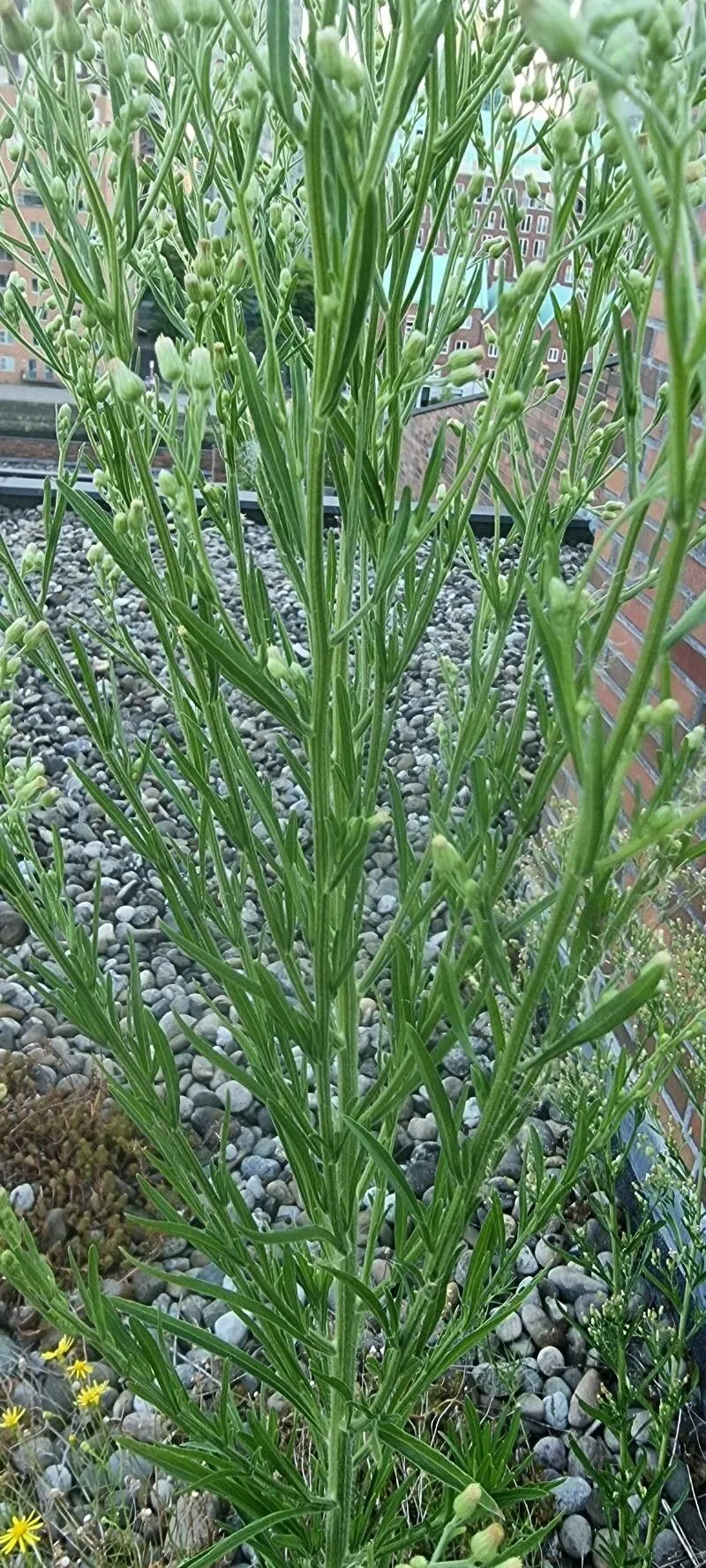
Author: A.Gray
Bibliography: Proc. Amer. Acad. Arts 17: 211 (1882)
Year: 1882
Status: accepted
Rank: species
Genus: Baccharis
Vegetable: False
Observations: California to Texas and N. Mexico
Broom baccharis, scientifically known as Baccharis sarothroides, is a member of the Asteraceae family—a diverse family of flowering plants often referred to as the aster, daisy, or sunflower family. This hardy plant has gained attention for its resilience in arid environments and its adaptability across a range stretching from California through Texas to northern Mexico.
The first formal description of Baccharis sarothroides was penned by the esteemed botanist Asa Gray and published in the Proceedings of the American Academy of Arts and Sciences in 1882. Gray’s extensive work in taxonomy and botany has provided a foundational understanding of many North American plants, with his observations on Broom baccharis contributing significantly to botanical literature.
Broom baccharis thrives in disturbed soils and is typically found in desert washes, alongside roadsides, and in grasslands where its hardy nature allows it to endure harsh conditions that would challenge less adaptable species. Characterized by its broom-like appearance, the plant features slender, erect stems that can grow up to several feet tall, adorned with small, green, and somewhat needle-like leaves.
Flowering typically occurs in late summer and early autumn, when Baccharis sarothroides produces clusters of small, creamy-white flowers. These blossoms attract a variety of pollinators, including bees and butterflies, making the plant not just a survivor in arid landscapes but also an important player in local ecosystems.
The ecological roles of Broom baccharis extend beyond its interactions with pollinators. Its dense growth can provide shelter for small wildlife and contribute to soil stabilization, which is particularly beneficial in preventing erosion on disturbed lands. Despite its robust nature, this plant has garnered interest from conservationists and restoration ecologists for its potential use in habitat restoration projects, especially in regions where native vegetation has been depleted.
Broom baccharis is not only significant for its ecological contributions but also for its role in traditional practices. Various indigenous groups have historically utilized parts of the plant for medicinal purposes, demonstrating its importance beyond the ecological sphere.
Understanding the distribution, characteristics, and ecological roles of Baccharis sarothroides offers valuable insights into the biodiversity of the American Southwest and northern Mexico. As researchers continue to study this adaptable plant, its contribution to plant science and habitat ecology remains an enduring testament to the enduring legacy of Asa Gray’s botanical research.
Eng: broom baccharis, desert broom, desert-broom, desertbroom, greasewood, groundsel, rosin-brush
En: Broom baccharis, Desert broom, Desert-broom, Desertbroom, Greasewood, Groundsel, Rosin-brush
Taken Oct 30, 2019 by Martinez Correa Joaquin Rodrigo (cc-by-sa)
Taken Apr 5, 2020 by Ruiz Sergio (cc-by-sa)
Taken Oct 30, 2019 by Martinez Correa Joaquin Rodrigo (cc-by-sa)
Taken Aug 12, 2022 by Esther V Esther V (cc-by-sa)
Growth form>: Multiple Stem
Growth habit>: Shrub
Growth rate>: Moderate
Ph maximum: 8.5
Ph minimum: 7.0
Family: Myrtaceae Author: (F.Muell.) K.D.Hill & L.A.S.Johnson Bibliography: Telopea 6: 402 (1995) Year: 1995 Status:…
Family: Rubiaceae Author: Pierre ex A.Froehner Bibliography: Notizbl. Bot. Gart. Berlin-Dahlem 1: 237 (1897) Year:…
Family: Sapindaceae Author: Koidz. Bibliography: J. Coll. Sci. Imp. Univ. Tokyo 32(1): 38 (1911) Year:…
Family: Asteraceae Author: A.Gray Bibliography: Pacif. Railr. Rep.: 107 (1857) Year: 1857 Status: accepted Rank:…
Family: Fabaceae Author: Medik. Bibliography: Vorles. Churpfälz. Phys.-Ökon. Ges. 2: 398 (1787) Year: 1787 Status:…
Family: Aspleniaceae Author: (Cav.) Alston Bibliography: Bull. Misc. Inform. Kew 1932: 309 (1932) Year: 1932…